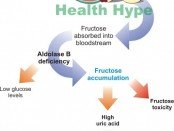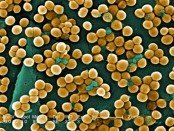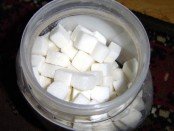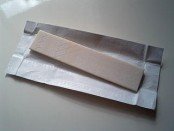Fructose Enzyme Deficiency Causes, Symptoms and Treatment
Fructose Problems in the Body Fructose or fruit sugar is a simple sugar (monosaccharide) found in fruits, certain root vegetables, some flowers and honey. It can be directly absorbed into the bloodstream as is the case with glucose, another widely available simple sugar, without it having been broken down any further by >> Read More ...






